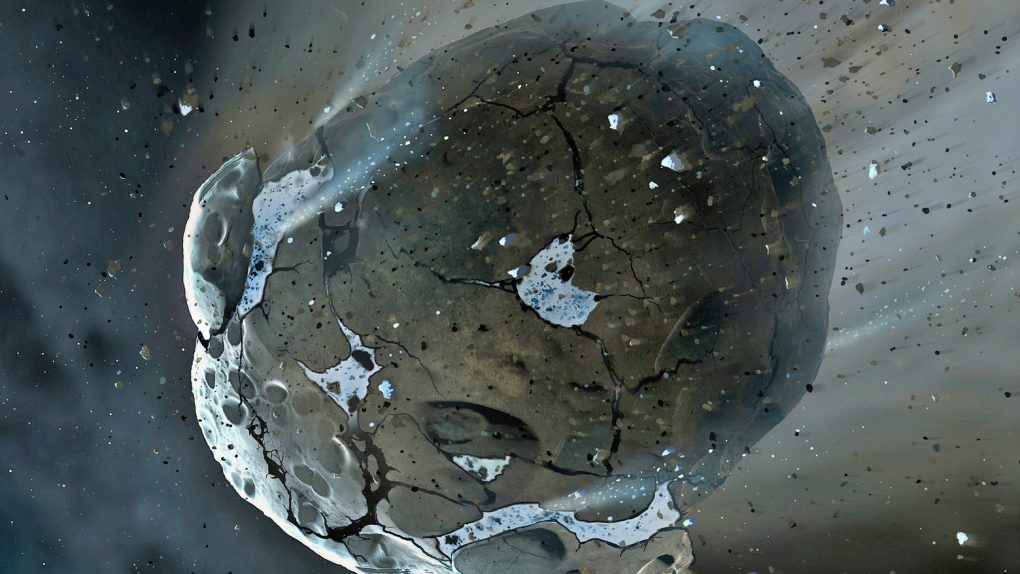The most devastating event in Earth’s history, as far as life is concerned, was the mass extinction that followed the impact of a colossal asteroid. That event is the reason dinosaurs aren’t around today and, perhaps more importantly, why mammals had a chance to boom and why we’re all here today. But now that we’re here, it would be nice if we could avoid future asteroid calamities, and one of the more threatening space rocks in our neck of the stellar woods is known as 99942 Apophis.
Apophis is a large rocky body thought to be around 1,000 feet wide, and that’s big enough that it would cause catastrophic damage if it were to strike our planet. On Friday, March 5th, Apophis is scheduled to make a close approach of Earth, but the good news is that scientists have already determined that it won’t hit us.
The name of the asteroid may sound familiar, and that’s probably because it stole headlines after scientists couldn’t rule out a collision between Earth and the space rock when it makes a pass in 2029. Thankfully, a closer look at the data revealed that the asteroid doesn’t actually have a chance to hit our planet this decade. Future flybys are also looking safe for Earth, and astronomers have essentially ruled out the possibility that it will cause any trouble for us in the next century or so.
Still, Friday is going to be a pretty exciting day for both professional and amateur skywatchers. Apophis is big enough that it will be able to be seen by higher-end hobbyist gear. Obviously, scientists studying asteroids have much more powerful observational hardware at their disposal and will be getting an up-close and personal look at Apophis as it makes its pass at roughly 10 million miles away.
At that distance, it’s several dozen times farther away from Earth than the Moon is, but that won’t be the case with the asteroid returns in 2029. In April of that year, Apophis will come much closer, and will actually be closer to Earth than some of the most distant Earth-orbiting satellites, if only for a moment.
NASA offers the following for additional context:
At its farthest, Apophis can reach a distance of about 2 astronomical units (One astronomical unit, abbreviated as AU, is the distance from the Sun to Earth.) away from Earth. It’s expected to safely pass close to Earth — within 19,794 miles (31,860 kilometers) from our planet’s surface — on April 13, 2029. This is the closest approach by an asteroid of this size that scientists have known about in advance.
It’ll be incredibly interesting to see what astronomers can learn about asteroids from their observations of Apophis. An asteroid coming that close to Earth without hitting it is a huge treat for scientists, and they’ll surely take advantage of it.








